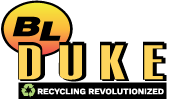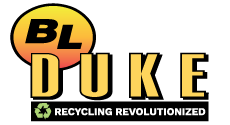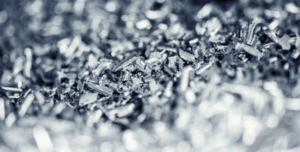
After a year with no price increase, Chicago’s scrap metal market shifted gears and kicked off January 2025, posting gains across all ferrous grades. Copper prices have also began the year on a strong note, while stainless steel scrap and aluminum markets remain steady, with modest price gains expected in the first quarter.
Chicago’s Ferrous Scrap Market
In Chicago, all ferrous commodities increased by $20 per gross ton. Prime grades, including No. 1 Bundles and No. 1 Busheling, as well as Machine Shop Turnings, saw a $20 per gross ton rise. Similarly, cut grades and shredded scrap also posted a $20 per gross ton increase compared to December. Despite downward pressure from declining pig iron prices and instability in Hot Rolled Coil (HRC) prices, several factors contributed to this month’s positive market shift. The onset of winter weather, enhanced mill buying programs, steady mill utilization rates, the upcoming Illinois River closure, and a modest rebound in export activity all provided support for ferrous scrap metal prices in Chicago.
“2024 is in the rearview mirror, and I’m feeling optimistic about 2025,” states Lou Plucinski. “Starting the year with a price increase is exactly the momentum we need to move forward.”
2024’s Scrap Market Challenges
Throughout 2024, Chicago’s ferrous scrap market grappled with persistent challenges, marked by declining or stagnant prices across most commodities. Prime grades experienced a steep decline of 25% from January to December, while cut grades and shred dropped by 20% over the same period. Meanwhile, HRC prices plunged by 34.5%, reflecting broader market pressures.
Steel turnings, however, stood out with remarkable stability, showing minimal fluctuations and closing the year at the same levels as they began. Notably, the Midwest market set an unprecedented record in 2024, with both the Chicago and Detroit regions enduring an entire year without a single price increase.
 several scrap metal companies defaulted, unable to withstand the economic challenges of 2024. Others have shifted their business models, moving away from industrial recycling. These changes highlight the struggles within the scrap metal industry, as it grappled with weak demand, volatile export markets, and rising operational costs—forcing companies to either adapt or face closure.
several scrap metal companies defaulted, unable to withstand the economic challenges of 2024. Others have shifted their business models, moving away from industrial recycling. These changes highlight the struggles within the scrap metal industry, as it grappled with weak demand, volatile export markets, and rising operational costs—forcing companies to either adapt or face closure.Copper prices started 2025 on a strong note, driven by a weaker U.S. dollar and speculation that President-elect Donald Trump’s proposed tariffs may be less aggressive than initially anticipated. A weaker dollar makes dollar-priced metals more attractive to buyers using other currencies. Additionally, copper found support from a rise in Asian shares, which helped offset ongoing concerns about demand from China, the world’s largest metals consumer.
The aluminum market has seen little movement so far, with both primary and secondary grades trading sideways. Domestic and overseas demand remains unchanged. The aluminum scrap market outlook for Q1 suggests modest price increases, constrained supply, and strong export demand. Overall, the outlook remains positive, with growth anticipated in both domestic and global markets.


 low-grade
low-grade 